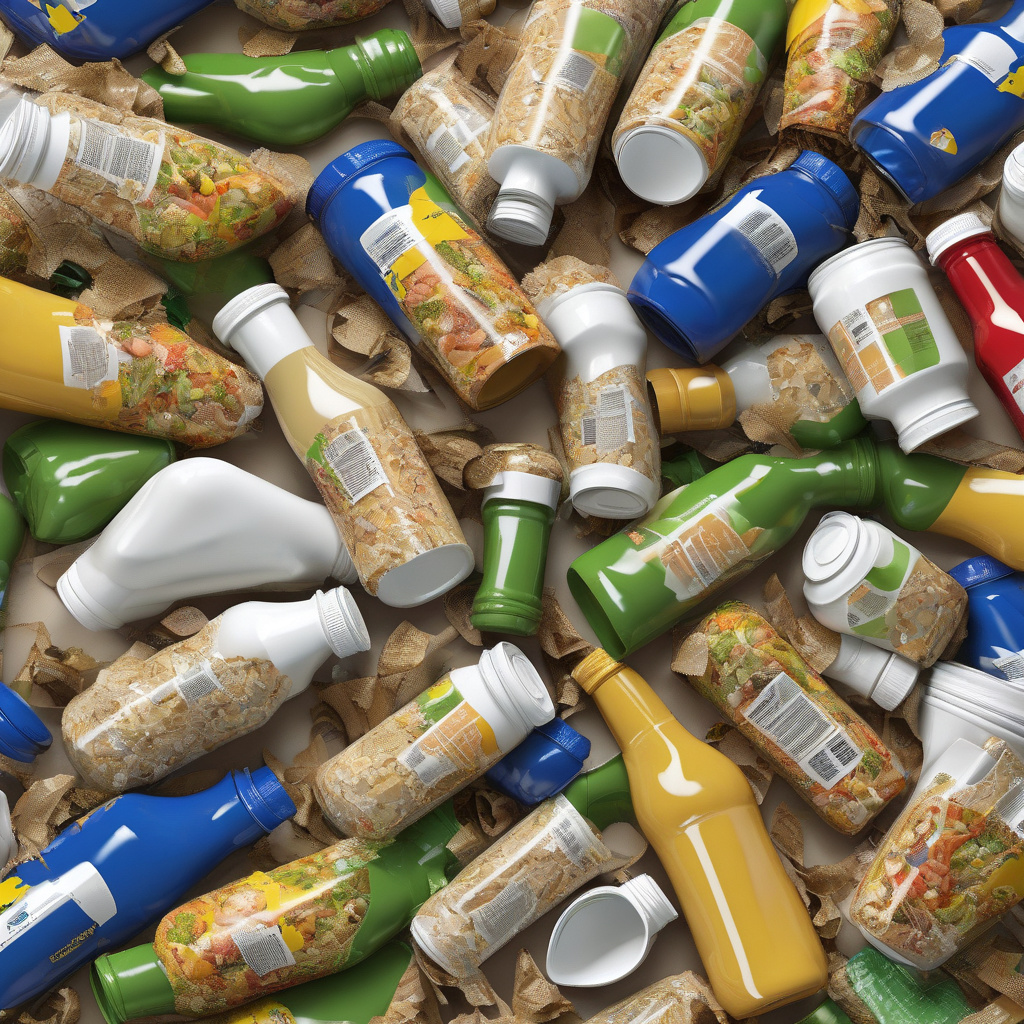The Impact of the EU’s Packaging Waste Directive on Revolutionizing Packaging
The European Union’s Packaging Waste Directive has set the stage for a significant transformation in the packaging industry. This directive represents a crucial step towards achieving a circular economy by emphasizing the importance of recyclability and reuse in packaging design and production.
By mandating that packaging materials must be recyclable and reusable, the EU is pushing companies to adopt more sustainable practices. This shift towards circular packaging is not only beneficial for the environment but also presents new opportunities for innovation and cost savings within the industry.
One of the key aspects of the Packaging Waste Directive is the requirement for companies to ensure that their packaging is easily recyclable. This means using materials that can be efficiently processed in recycling facilities, such as paper, cardboard, glass, and certain types of plastic. By promoting the use of recyclable materials, the directive aims to reduce the amount of waste sent to landfills and incineration plants, ultimately lowering the environmental impact of packaging.
In addition to recyclability, the directive also emphasizes the importance of reusability in packaging design. Companies are encouraged to explore reusable packaging options, such as refillable containers or packaging made from durable materials that can withstand multiple uses. By shifting towards reusable packaging solutions, businesses can reduce their reliance on single-use plastics and other disposable materials, further contributing to a more sustainable packaging ecosystem.
Furthermore, the Packaging Waste Directive incentivizes companies to optimize their packaging designs to minimize material usage and waste generation. This can involve redesigning packaging to be more compact, lightweight, or efficient in terms of material utilization. By streamlining packaging designs, companies can not only reduce their environmental footprint but also potentially save costs associated with materials and transportation.
The directive’s focus on recyclability, reusability, and optimization aligns with broader efforts to transition towards a circular economy, where resources are kept in use for as long as possible through recycling, reuse, and remanufacturing. By promoting circular packaging practices, the EU is driving innovation in the industry and encouraging businesses to rethink their approach to packaging design and production.
In conclusion, the EU’s Packaging Waste Directive is poised to revolutionize the packaging industry by promoting circularity, sustainability, and innovation. Companies that embrace the principles outlined in the directive stand to benefit from reduced environmental impact, enhanced brand reputation, and new opportunities for growth in a rapidly evolving market landscape.
The post on Innovation News Network sheds light on the potential of the EU’s Packaging Waste Directive to drive positive change in the packaging sector, paving the way for a more sustainable and efficient future.
environment, circular economy, sustainability, packaging industry, EU regulations












